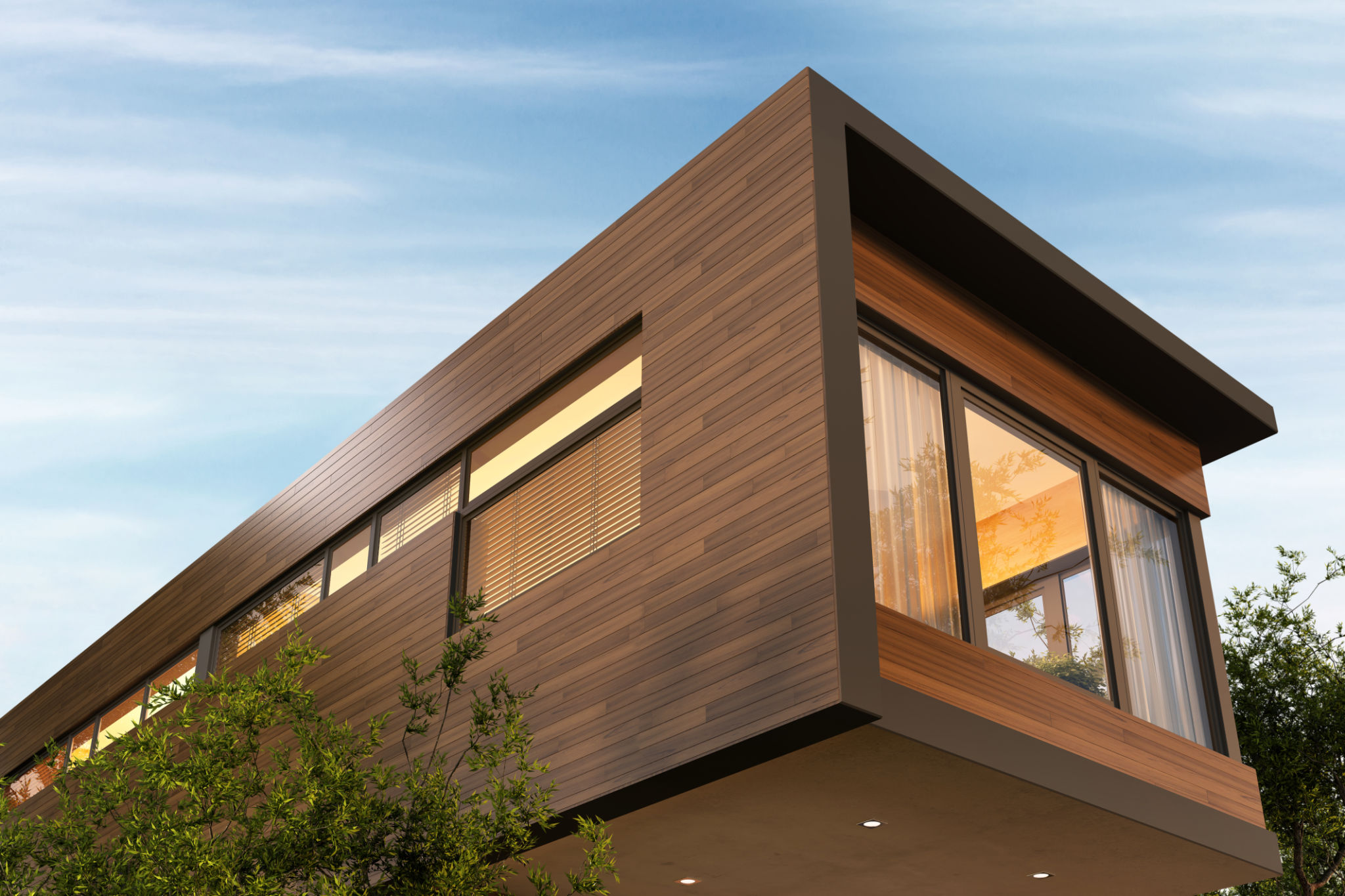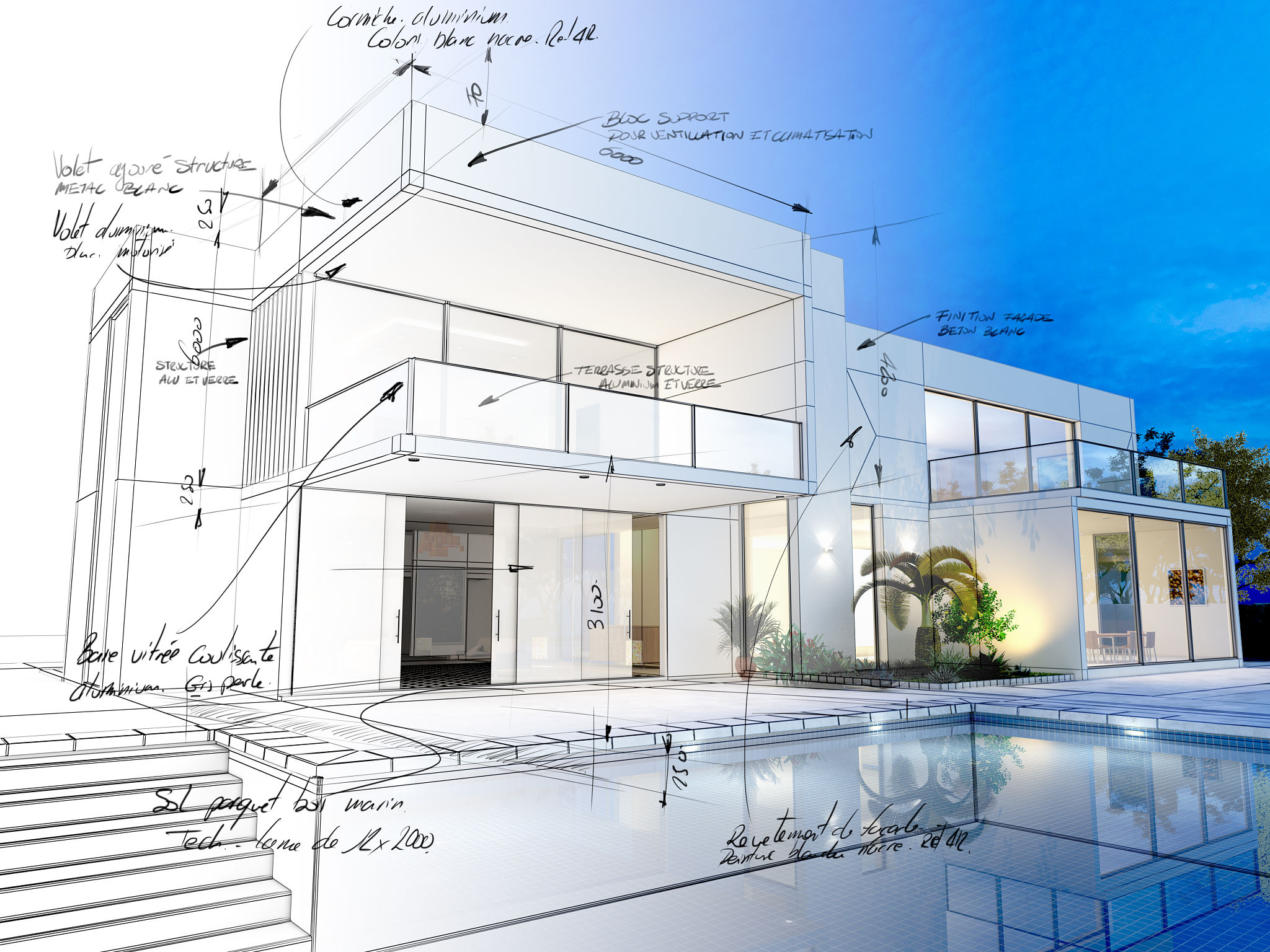How Do Prefabricated Homes Work? A Step-by-Step Guide
Understanding Prefabricated Homes
Prefabricated homes, also known as prefab homes, are becoming increasingly popular alternatives to traditional housing. These homes are built off-site in sections, which are then transported and assembled on the designated property. This process offers a range of benefits, including reduced construction time and potentially lower costs. But how exactly do prefabricated homes work? Here is a step-by-step guide to understanding the process.

Designing Your Prefabricated Home
The first step in the prefabricated home process is design. Homeowners can choose from a variety of pre-designed plans or work with architects to create a customized design that meets their specific needs. This flexibility allows for a wide range of styles and layouts, accommodating different tastes and requirements.
Once a design is selected, detailed plans are created, and materials are chosen. This stage is crucial, as it sets the foundation for all subsequent steps in the construction process. Clear communication with design experts ensures that every aspect of the home is planned meticulously.

Manufacturing the Components
After the design phase, the next step is manufacturing. The components of the home are produced in a controlled factory environment. This method offers several advantages over traditional construction, including improved quality control, reduced material waste, and enhanced safety for workers.
During manufacturing, each section or module of the home is constructed with precision. These modules are fully outfitted with essentials such as plumbing, electrical wiring, and insulation before they leave the factory. This pre-completion significantly cuts down on assembly time once the modules reach the building site.
Transportation to the Building Site
Once the modules are ready, they are carefully transported to the building site. The transportation process is a critical part of the prefabricated home journey. Special attention is given to ensure that all modules arrive safely and on schedule.

The timing of delivery is coordinated with the preparation of the building site. This ensures that once the modules arrive, they can be assembled without delay, optimizing the efficiency of the overall process.
On-Site Assembly
The final step in constructing a prefabricated home is on-site assembly. Skilled workers use cranes and other equipment to place the modules onto the foundation. The modules are then joined together, and finishing touches such as exterior cladding and roofing are completed.
This assembly process is typically much faster than traditional construction methods. With the majority of the work already completed in the factory, it often takes just a few weeks to finalize everything on-site. This rapid completion allows homeowners to move into their new homes sooner.

The Benefits of Prefabricated Homes
Prefabricated homes offer numerous advantages beyond just speed and cost-effectiveness. They are environmentally friendly, as factories can efficiently manage resources and minimize waste. Additionally, prefab homes often have superior energy efficiency due to modern building techniques and materials.
Moreover, prefabricated homes provide flexibility in design and location, allowing homeowners to create a unique living space tailored to their needs. Whether it’s a sleek modern design or a cozy traditional layout, prefab homes can cater to diverse preferences.
In conclusion, prefabricated homes present an innovative approach to homebuilding that combines efficiency with customization. By understanding each step in this process, potential homeowners can make informed decisions about whether a prefab home is right for them.
